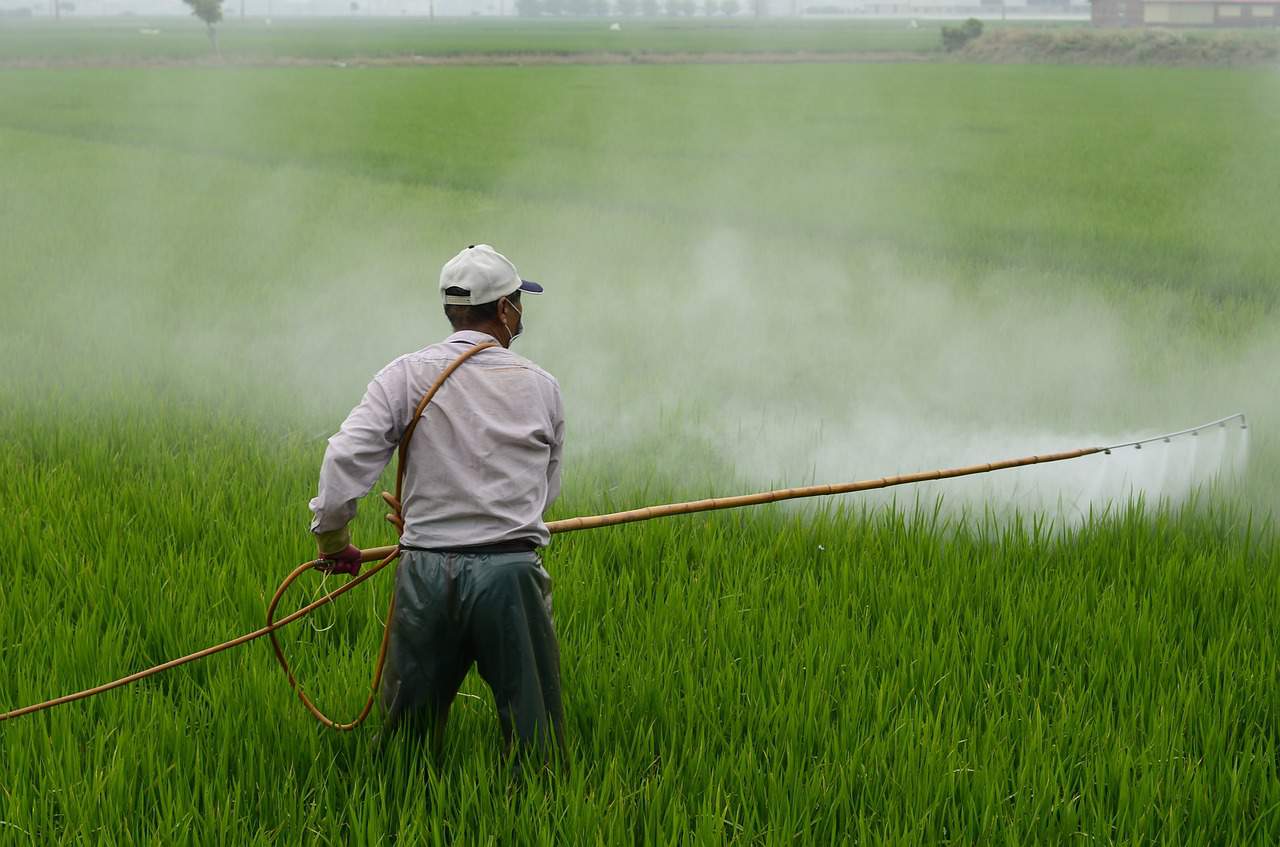Can pesticides cause prostate cancer? The use of pesticides has been linked to prostate cancer among farmers and those with high occupational contact with the chemicals. But what about general everyday exposure to pesticides that men might face in their home environments? A new study from the University of Southern California (USC) links men who live in certain agricultural areas with an increased risk of prostate cancer when exposed to certain types of dangerous organochlorine pesticides.
Which pesticides are linked to prostate cancer?
For the study, Myles Cockburn, an associate professor of preventive medicine at USC’s Keck School of Medicine, and colleagues used California’s state cancer registry to recruit 173 white and Latino seniors in Tulare, Fresno and Kern counties who had been diagnosed with prostate cancer between August 2005 and July 2006. This area was chosen because of it is one of the largest in the United States for the use of pesticides. A group of 162 healthy controls were selected through Medicare and tax records. The team uncovered where the men lived and worked between 1974 and 1999 and compared these locations to records that list pesticide application.
Those living within 500 meters of places where organochlorine pesticides had been applied were more likely to have developed prostate cancer.
The most likely candidate pesticide as a cause of prostate cancer development is methyl bromide. A previous study cited in the 2008 journal Endocrine-Related Cancer found a direct link between this fungicide and increased prostate cancer rates.
Methyl bromide (MeBr) is an odorless, colorless gas used as a soil fumigant to control pests, according to a data sheet by the Environmental Protection Agency. Under the Montreal Protocol and the Clean Air Act, MeBr was phased out of production in 2005 due to its effects on the ozone layer.
Extoxnet (Extension Toxicology Network) lists methyl bromide as a potent cell growth stimulate and potential promoter of cancerous growth. Chronic exposure is damaging to the nervous system and causes dizziness, vision and hearing disturbances, and possibly hallucinations. If exposure is severe enough, lung irritation, lung swelling, and bronchial pneumonia may occur.
Of course with methyl bromide no longer being used on crops, and most of the dangers occurring as a result of inhalation, is environmental exposure a risk for the general population? “Pesticide use doesn’t equal pesticide exposure of bystanders,” said Robert Krieger, a toxicologist at UC Riverside, who said “contact with potential for absorption” would be more accurate. The amount of bromide ion, the metabolite of methyl bromide, is found in higher concentrations in higher protein plants. Only a small amount of this chemical is found in the plant because much of the gas enters the atmosphere instead.
However, other pesticides are also linked to prostate cancer rates. In 2006, a study of about 90,000 men in North Carolina and Iowa found that 6 pesticides out of 45 of those commonly used in agriculture showed a correlation with exposure and increased prostate cancer in men with a familial history of the disease, suggesting a possible gene-environment interaction. These six agents were chlorpyrifos, fonofos, coumaphos, phorate, permethrin and butylate.
Glyphosate, an herbicide used in both agriculture and urban areas, is also linked to cancer and neurotoxicity. The ingredient, used in the Monsanto product “Round-Up”, is being reviewed by the EPA on whether to allow unrestricted use of the chemical or to set limitations. This review is expected to be complete by 2015.
Eating pesticides and prostate cancer
While the majority of studies linking pesticides and prostate cancer still focus on environmental exposure through actual contact with the chemical as it is being administered, there is still enough evidence that some of the produce we eat contains significant amount of pesticide residue. The Environmental Working Group, a non-profit organization, offers a list of twelve fruits and vegetables – known as the “Dirty Dozen – that have been found to be the most contaminated. Dietary pesticide intake can be substantially reduced by eating these products farmed organically (without pesticides) as they are the worst culprits in the “Dirty Dozen”:
- Apples
- Celery
- Strawberries
- Spinach
- Nectarines (imported)
- Grapes (imported)
- Sweet Bell Peppers
- Potatoes
- Blueberries (domestic)
- Lettuce
- Kale/Collard Greens
Read more in our Prostate Cancer Health Center.
References
Cockburn M et al. Prostate cancer and ambient pesticide exposure in agriculturally intensive areas in California. Am J Epidemiol 2011; 173(11): 1280-88
Cornell University. Extonet. Methyl bromide.
Environmental Protection Agency. Ozone layer protection. Accessed September 2, 2011.
Environmental Working Group, 2011 Shopper’s Guide to Pesticides in Produce
LA Times. USC study tackles pesticide-prostate cancer link. Accessed September 2, 2011.
Mink P et al. Pesticides and prostate cancer: a review of epidemiologic studies with specific agricultural exposure information. Eur J Cancer Prev 2008 Apr; 17(2):97-110
Prins G. Endocrine disruptors and prostate cancer risk. Endocrine-Related Cancer 2008; 15: 649-56.







